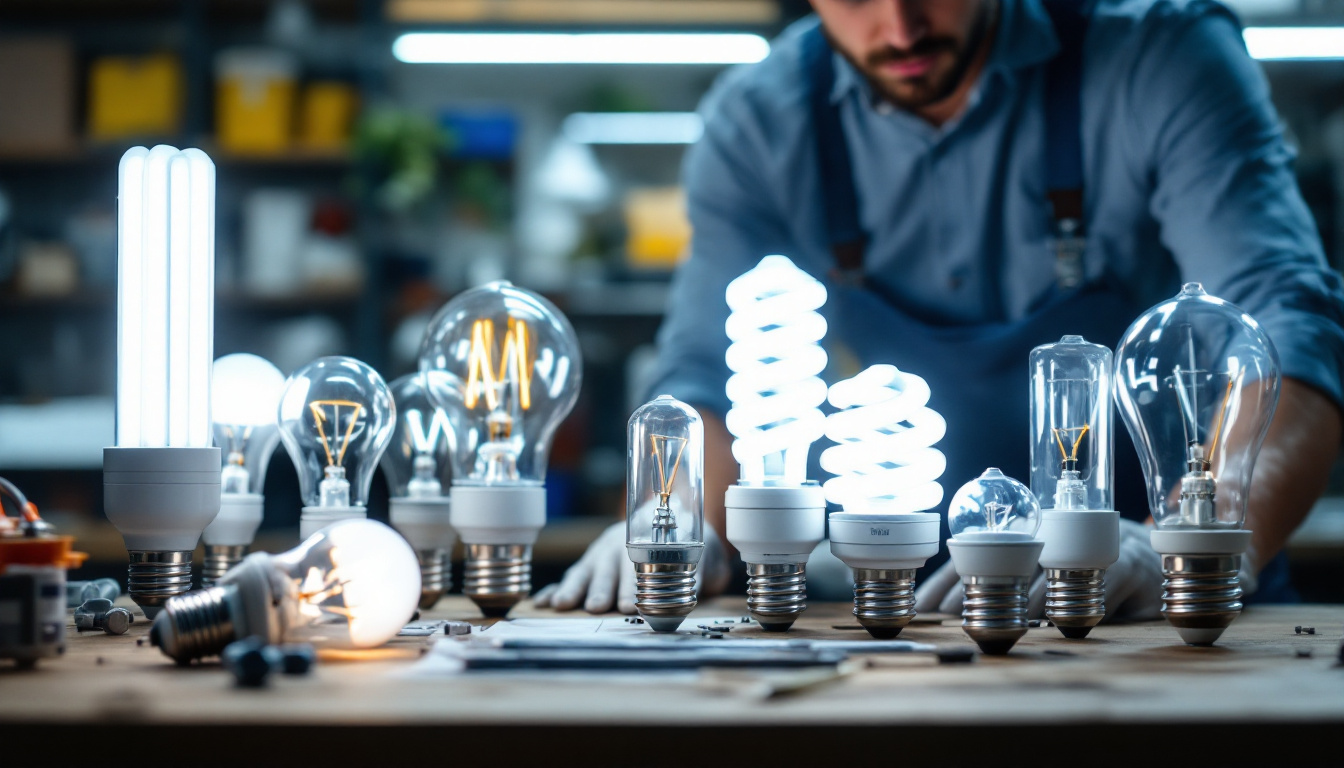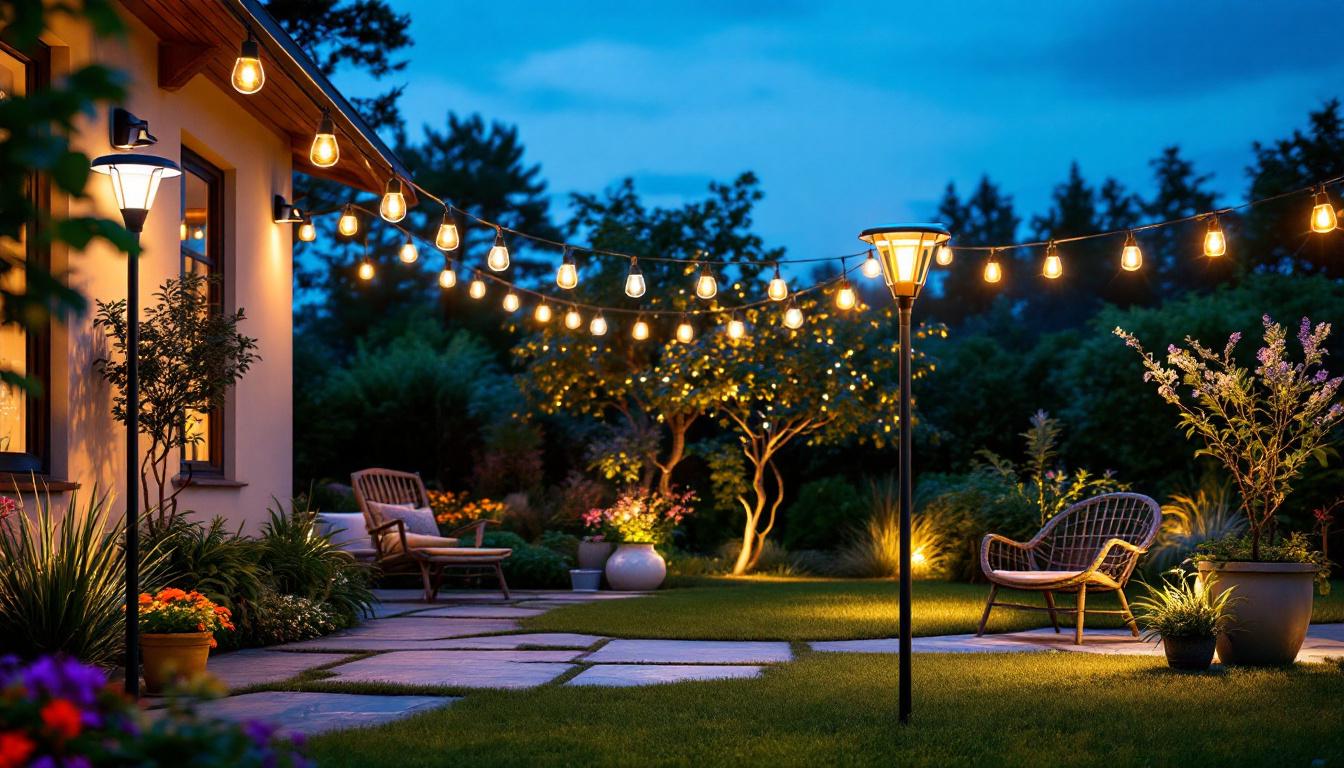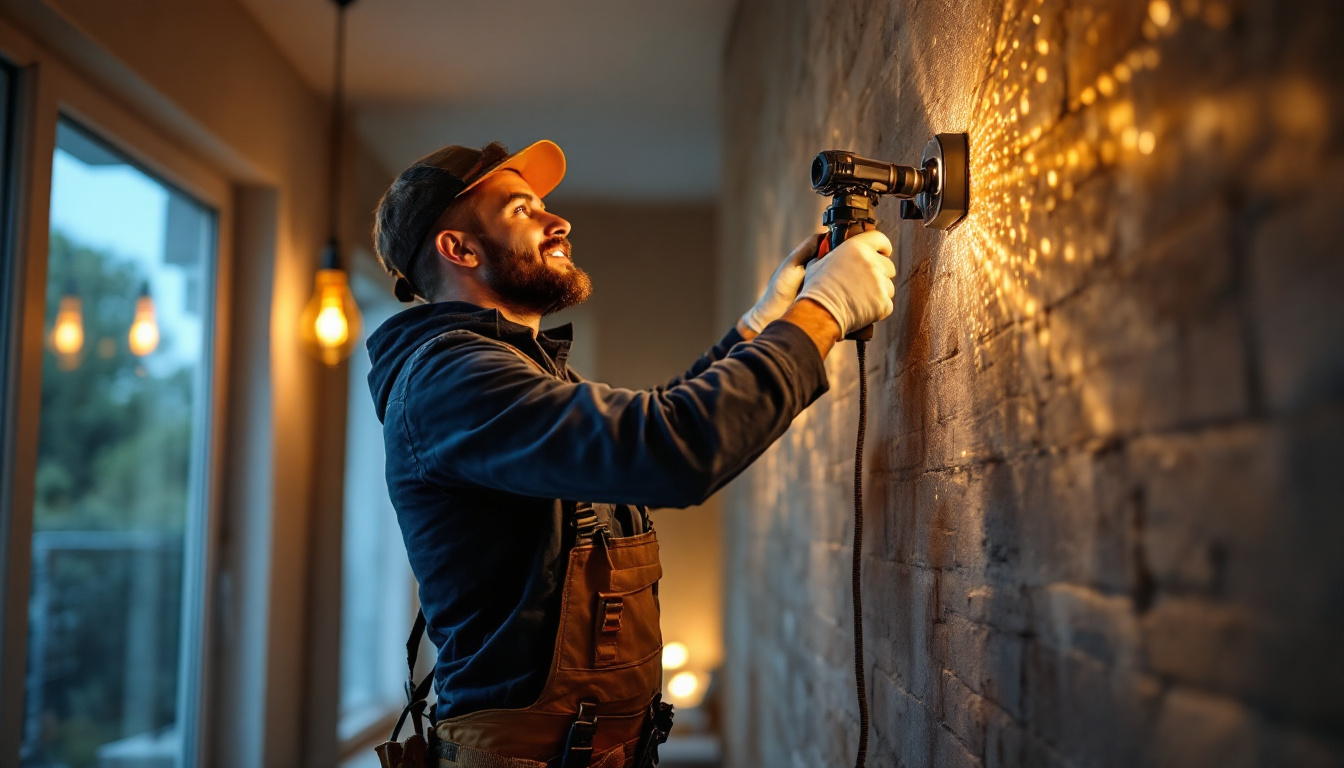
fluorescent light bulbs have long been a staple in both residential and commercial lighting solutions. Their efficiency, longevity, and versatility make them a popular choice among lighting contractors. However, understanding the various sizes and types of fluorescent bulbs is crucial for ensuring optimal performance and meeting client needs. This article aims to provide essential insights and tips for lighting contractors to master fluorescent light bulb sizes.
Fluorescent bulbs come in a variety of sizes, each designed for specific applications. The size of a fluorescent bulb is typically denoted by a code that includes its diameter and length. Understanding these codes is vital for selecting the right bulb for a project.
The most common size codes for fluorescent bulbs include T5, T8, and T12. The “T” stands for tubular, and the number following it represents the diameter of the bulb in eighths of an inch. For example, a T8 bulb has a diameter of 1 inch (8 eighths), while a T5 bulb measures 5/8 inch in diameter.
These size distinctions are not merely for identification; they also influence the performance and efficiency of the bulbs. T5 bulbs are generally more energy-efficient and provide better light output than their T8 and T12 counterparts. This efficiency is particularly beneficial in commercial settings where energy costs can significantly impact the bottom line. Additionally, T5 bulbs often have a longer lifespan, making them a cost-effective choice in the long run, as they require less frequent replacements and maintenance.
In addition to diameter, the length of fluorescent bulbs varies widely. Standard lengths include 2 feet, 4 feet, and 8 feet, but there are also specialized lengths available for specific fixtures. When selecting a bulb, it is essential to consider not just the diameter but also the length to ensure compatibility with existing fixtures.
Contractors should also be aware of the different lengths available within each size category. For instance, T8 bulbs can come in various lengths, such as 24 inches or 48 inches, which can affect the overall lighting design of a space. Moreover, the choice of length can impact the distribution of light in a room, as longer bulbs tend to provide a more uniform illumination across larger areas. This is particularly important in settings like warehouses or retail spaces, where effective lighting can enhance visibility and improve the shopping experience.
Furthermore, the installation of fluorescent bulbs can vary based on their length and type. For instance, longer bulbs may require specific mounting brackets or fixtures to ensure stability and proper alignment. Understanding the nuances of these installations can help avoid common pitfalls and ensure that the lighting system operates at peak efficiency. Additionally, with the growing trend towards energy-efficient lighting solutions, many fixtures are now designed to accommodate LED retrofits, which can further extend the versatility of existing fluorescent setups.
Fluorescent bulbs are not one-size-fits-all. Different types serve various purposes, and understanding these can help contractors make informed decisions when selecting bulbs for their projects.
Standard fluorescent bulbs are designed for general lighting applications, providing adequate illumination for most spaces. However, high-output fluorescent bulbs are available for applications requiring increased brightness. These bulbs are ideal for areas such as warehouses, gymnasiums, or any location where high levels of light are necessary.
When choosing between standard and high-output bulbs, contractors must consider the specific lighting needs of the space. High-output bulbs may consume more energy, so it’s crucial to balance brightness with efficiency. Additionally, the color temperature of the bulbs can impact the ambiance of a space; for instance, a cooler color temperature can enhance focus and productivity, making it suitable for offices, while warmer tones can create a more inviting atmosphere in retail settings.
In addition to standard and high-output options, there are specialty fluorescent bulbs designed for particular applications. For example, grow lights for horticulture or black lights for entertainment venues are tailored to meet specific lighting requirements.
Understanding the unique features and benefits of these specialty bulbs can help contractors provide tailored solutions to clients, enhancing customer satisfaction and potentially leading to repeat business. Specialty bulbs can also include options like tri-phosphor fluorescent lamps, which offer improved color rendering and efficiency, making them a popular choice for art galleries and photography studios. Furthermore, there are also compact fluorescent lamps (CFLs) that are designed for residential use, providing energy-efficient lighting solutions while fitting into standard light fixtures, thus catering to a broader range of lighting needs in both commercial and residential settings.
Selecting the appropriate fluorescent bulb for a project involves more than just knowing the size. Several factors come into play, including the intended use of the space, the existing fixtures, and the desired ambiance.
Before selecting a bulb, it’s essential to assess the space thoroughly. Consider the natural light available, the color scheme of the room, and the activities that will take place there. For example, a workspace may require brighter, cooler lighting to enhance productivity, while a restaurant may benefit from warmer, softer lighting to create a cozy atmosphere.
Taking these factors into account will help contractors choose the right bulb type and size, ensuring that the lighting design meets both functional and aesthetic needs.
Another critical consideration is the compatibility of the bulb with existing fixtures. Not all fixtures are designed to accommodate every bulb size or type. Before making a purchase, contractors should verify the specifications of the fixtures in use to ensure a proper fit.
Additionally, some fixtures may have specific ballast requirements. It’s essential to check whether the ballast is compatible with the chosen bulb, as mismatched components can lead to poor performance or even damage to the lighting system.
Energy efficiency is a significant concern for many clients, particularly in commercial settings where lighting costs can add up quickly. Fluorescent bulbs are generally more energy-efficient than traditional incandescent bulbs, but there are still variations in efficiency among different fluorescent types.
When evaluating fluorescent bulbs, it’s essential to consider both lumens and watts. Lumens measure the amount of light produced, while watts indicate the energy consumed. A higher lumen output with lower wattage signifies a more efficient bulb.
Contractors should educate clients about the benefits of selecting energy-efficient bulbs, such as lower utility bills and reduced environmental impact. This knowledge can enhance the contractor-client relationship and position the contractor as a knowledgeable resource.
Fluorescent bulbs contain small amounts of mercury, which requires careful disposal to prevent environmental contamination. Contractors should be aware of local regulations regarding the recycling and disposal of fluorescent bulbs and educate clients on proper disposal methods.
Offering recycling options can also serve as a value-added service, demonstrating a commitment to environmental responsibility and potentially attracting eco-conscious clients.
Proper installation is crucial for maximizing the performance and lifespan of fluorescent bulbs. Here are some essential tips for lighting contractors to consider during installation.
Before installing new bulbs, it’s essential to inspect the fixtures for any signs of wear or damage. Clean the fixture to remove dust and debris, which can interfere with light output. If the fixture has a ballast, ensure it is functioning correctly and is compatible with the new bulbs.
Taking the time to prepare the fixture can prevent future issues and ensure optimal performance of the installed bulbs.
Each fluorescent bulb comes with specific installation instructions from the manufacturer. It’s essential to follow these guidelines closely to avoid damaging the bulb or the fixture. Proper installation techniques can also enhance safety and performance.
Contractors should familiarize themselves with the installation process for each type of bulb they work with, ensuring that they can provide high-quality service to clients.
Regular maintenance is key to ensuring the longevity of fluorescent lighting systems. Understanding common issues and how to troubleshoot them can save time and resources for both contractors and clients.
Fluorescent bulbs may experience flickering, dimming, or failure to start, which can be signs of underlying issues. Flickering can often be attributed to a faulty ballast or poor electrical connections, while dimming may indicate that the bulb is nearing the end of its lifespan.
Contractors should be prepared to diagnose these issues quickly and efficiently, providing clients with solutions that minimize downtime and maintain productivity.
Implementing routine maintenance practices can help extend the life of fluorescent bulbs. Regularly checking fixtures, cleaning bulbs, and replacing worn components can prevent larger issues from developing.
Contractors may consider offering maintenance contracts to clients, providing peace of mind and ensuring that lighting systems remain in optimal condition.
Mastering fluorescent light bulb sizes and their applications is essential for lighting contractors aiming to deliver high-quality service. Understanding the various sizes, types, and installation techniques can significantly impact the success of lighting projects.
By staying informed about energy efficiency, environmental considerations, and maintenance practices, contractors can position themselves as trusted advisors in the lighting industry. This expertise not only enhances client satisfaction but also fosters long-term relationships that can lead to future business opportunities.
In a rapidly evolving industry, continuous learning and adaptation are key. Embracing new technologies and trends in fluorescent lighting will further empower contractors to meet the diverse needs of their clients, ensuring success in every project.
Ready to elevate your lighting projects with the best fluorescent light bulb sizes and types? Look no further than LumenWholesale for all your lighting needs. We provide contractors with high-quality, spec-grade lighting products at unbeatable wholesale prices, ensuring you get the most value for your investment. Our extensive selection is designed to meet the highest industry standards, so you can trust in the reliability and performance of every bulb you install. Plus, with free shipping on bulk orders, you can stock up on superior lighting solutions without worrying about hidden fees or inflated markups. Make your next project a shining success with the perfect blend of quality, affordability, and convenience at LumenWholesale – Wholesale Lighting at the Best Value.

Discover how powerful solar lighting transforms modern lighting solutions, offering eco-friendly, cost-effective, and reliable illumination—learn key benefits and optimize your space today!.

Discover the essential best practices for lighting contractors with Holder Electric’s expert insights.

Discover how 4000K LED lights can transform the way lighting contractors manage projects, offering significant cost savings and enhanced efficiency.

Discover how commercial LED light strips are revolutionizing the lighting industry with real-world success stories from top contractors.